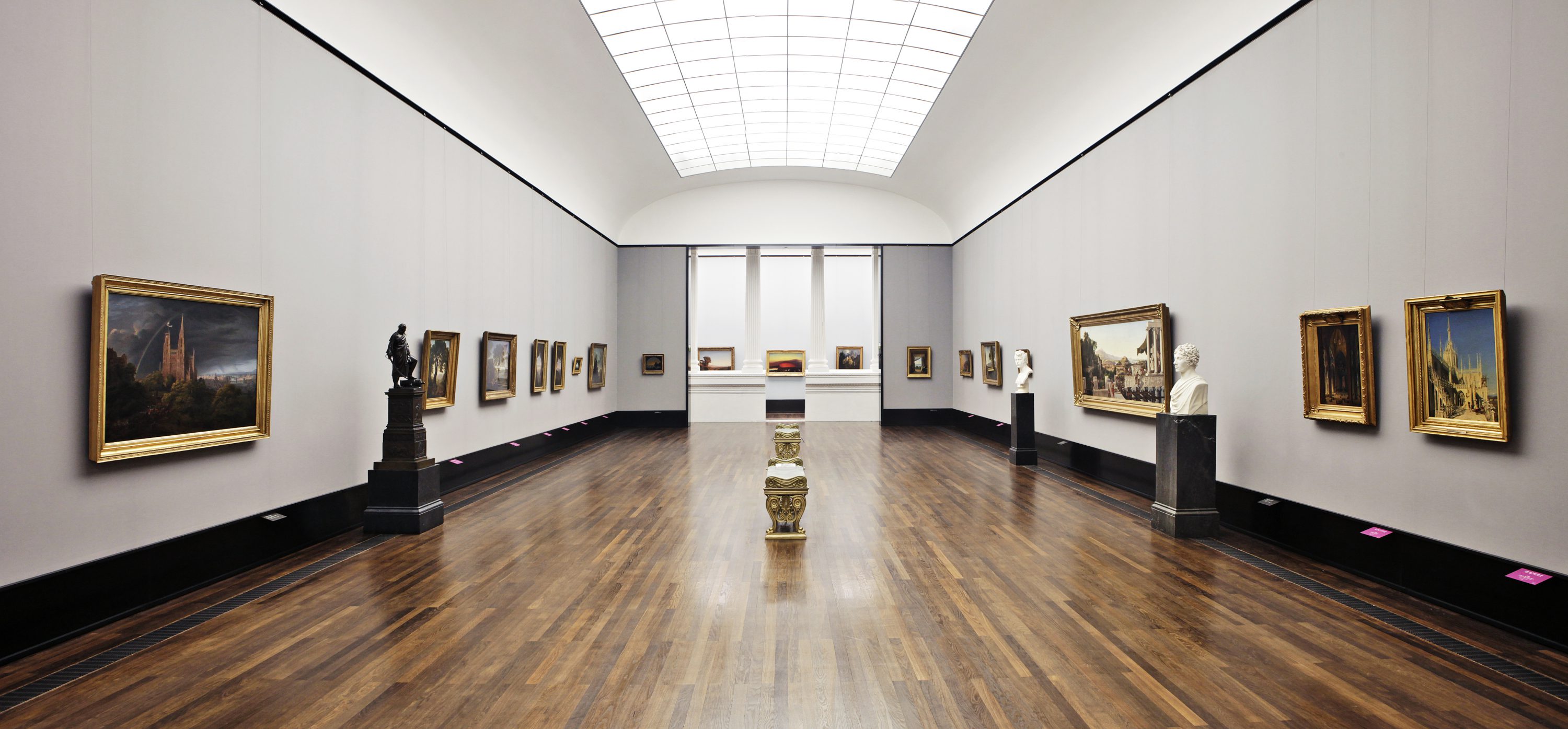Since the beginning of the 19th century, the establishment of a national gallery has been the subject of diverse discussions and efforts. However, it wasn't until 1861 that such a national contemporary art gallery finally opened. The decisive impetus was the donation of 262 pictures from the Berlin banker Joachim Heinrich Wagener, who donated his private collection, which he had compiled for this purpose over forty years, to the Prussian king with the promise that it would become the basis of a future national gallery. Just a few weeks after the king accepted the donation, the first exhibition opened on March 22, 1861 as the “Wagener and National Gallery” in the old building of the Academy of Arts on Unter den Linden. It was only 15 years later that the National Gallery building on Museum Island was inaugurated.
The upcoming anniversary will be celebrated primarily in what is now the Alte Nationalgalerie with the exhibition “150 Years of the Nationalgalerie – The Beginnings” from March 22, 2011 until the end of the year. It is planned to show a selection of around 140 paintings, which includes the most important and representative works of the Wagener donation and highlights the focus of this collection in the field of contemporary art in Germany and Europe. The acquisition of Schinkel's “Gothic Church on a Rock by the Sea” in 1815, the year it was created, marked the programmatic start of Wagener's collecting activity, which in the following decades primarily extended to romantic endeavors, architectural depictions, landscapes, realistic tendencies and historical depictions.
